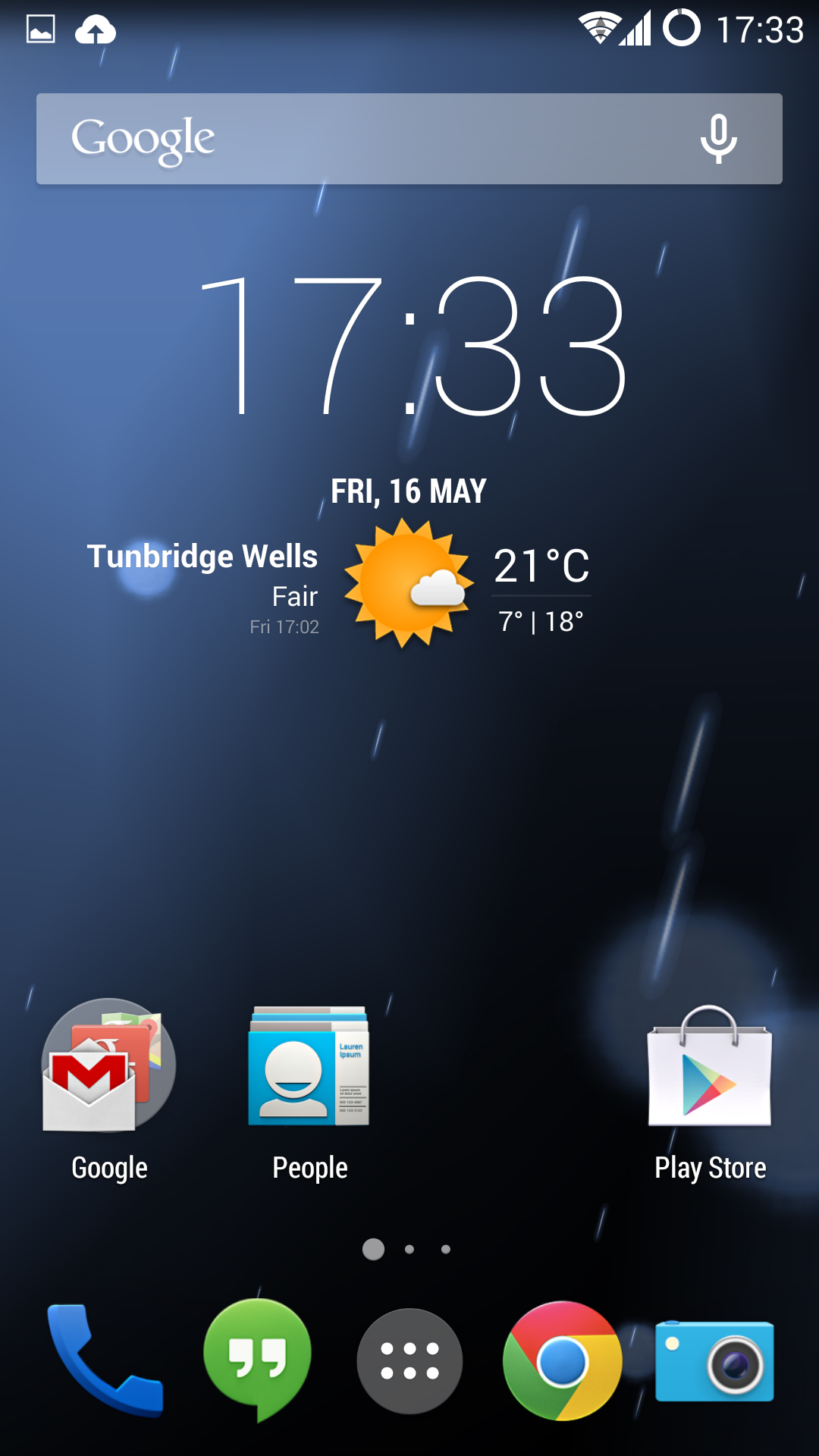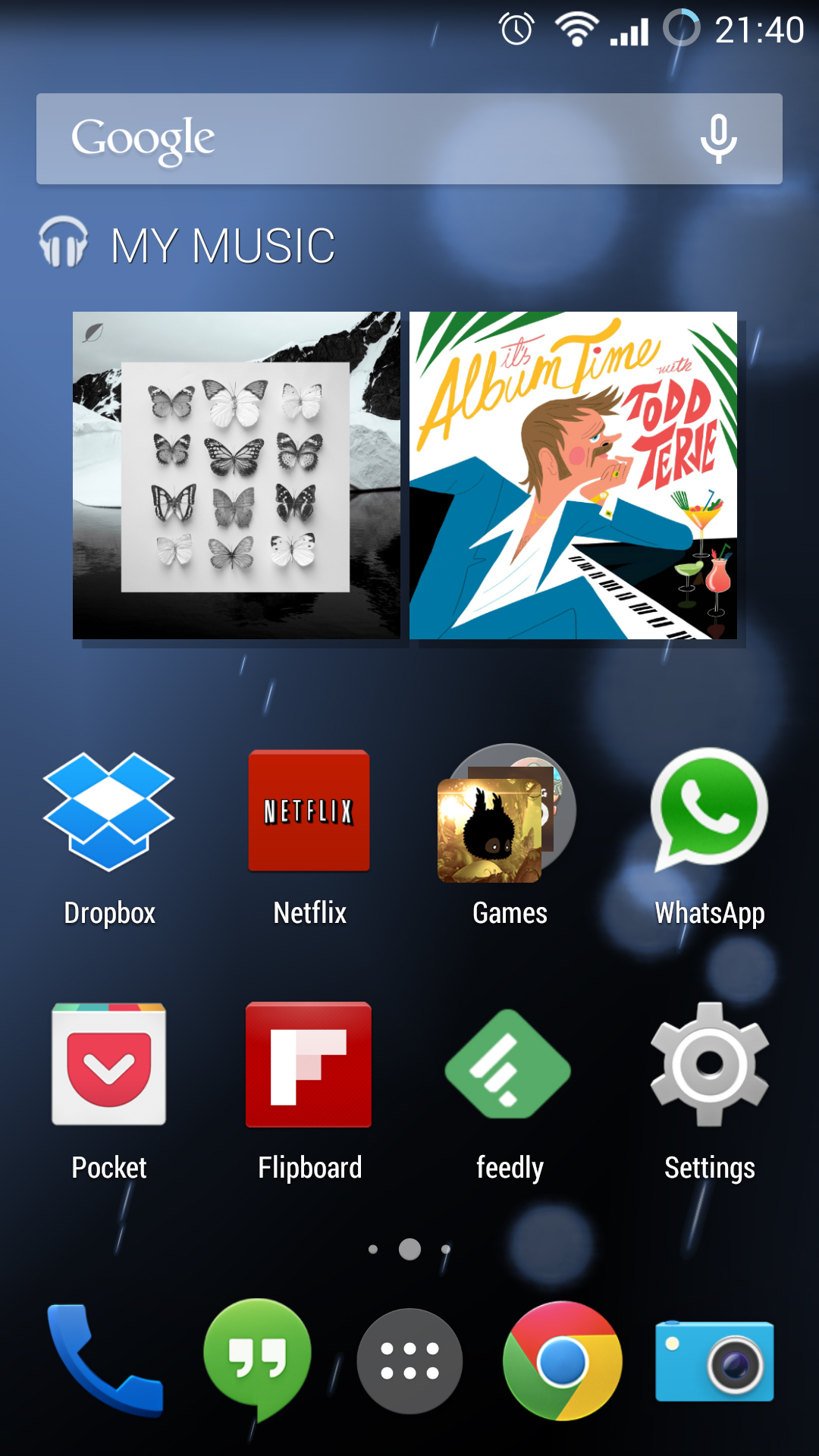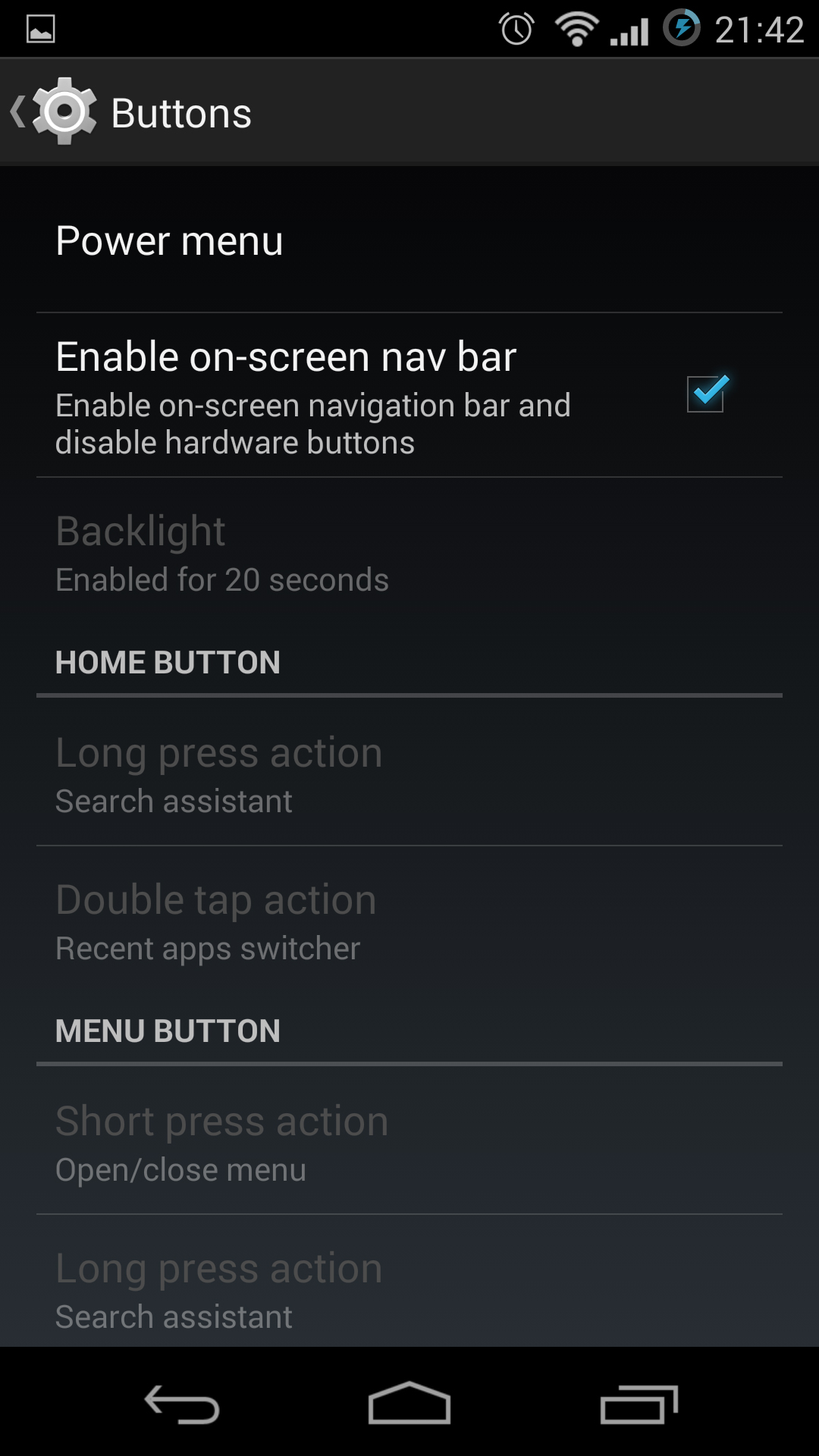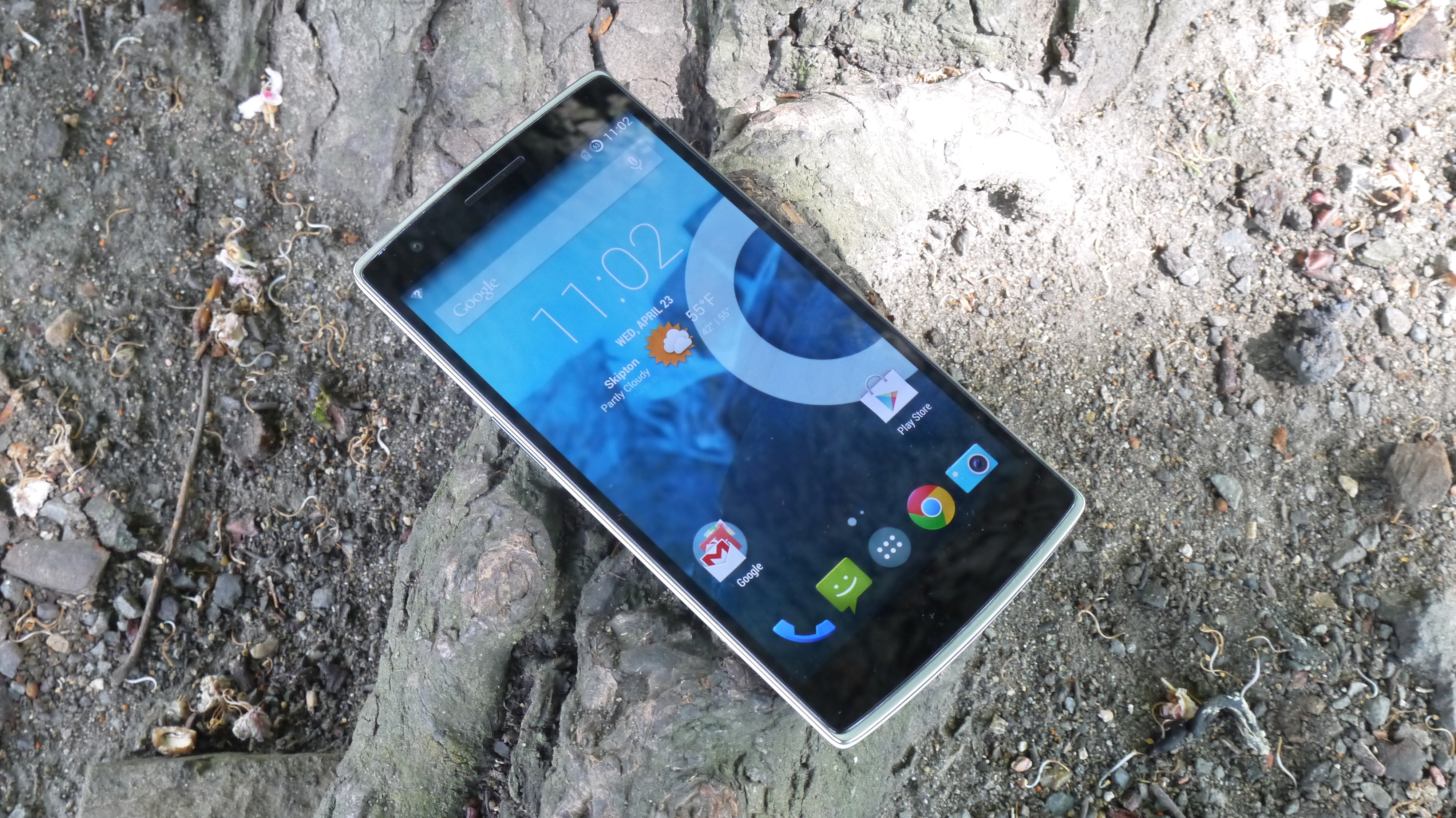Why you can trust TechRadar
I'm always interested to learn which processor is powering a new smartphone, but the truth is that it rarely matters all that much. Modern multi-core processors are all capable of running the latest operating systems, multitasking, 3D gaming, HD video and more without breaking a sweat.
But in the OnePlus One's case, the processor type truly is a noteworthy spec. It's a 2.5GHz quad-core Snapdragon 801.

That's remarkable not so much for the performance it produces (which we'll discuss in the next section), but because it was (when the OnePlus One launched) the very top end chip in the Qualcomm roster.
Just to reinforce that point, it's the exact same chip that can be found powering the far more expensive Samsung Galaxy S5.
We've never seen a device that provides truly class-leading performance for just £220/$300 before. It's simply unheard of. Even though Google doesn't bother with things like profit margins on its hardware, it still had to charge to £300 when it released the Nexus 5 with (at the time) top-end hardware.
The other key feature of the OnePlus One is its operating system. Again, we'll go into the precise details of this in the next section, but the very fact that the OnePlus One runs on CyanogenMod is reason enough for special mention here.
Based on Android 4.4.4 KitKat, CyanogenMod 11 is a popular open source custom firmware project that modifies and opens out Google's operating system. It's several steps beyond the usual heavy-handed manufacturer skin we're used to getting, and it's perfect for you tinkering sorts.
However Android 4.4.4 KitKat is getting a bit long in the tooth, and there's a new version powering the latest handsets: Android 5.0 Lollipop.
The good news is that OnePlus has updated OnePlus One handsets to CyanogenMod 12, a new and improved version of the operating system that is based on Android 5.0 Lollipop.

CyanogenMod is all about giving the power of customisation to the end user rather than forcing them to put up with excessive bloatware and a restrictive interface.
Previously you had to root your Android phone in order to install CyanogenMod - a relatively tricky and risky proposition only really suited to those with a little technical knowhow (and an expired warranty). The OnePlus One is the first ever phone to ship with CyanogenMod as the default OS.
I'm one of the first to complain when yet another Android phone ships with a nonstandard take on the Android OS, as they're invariably inferior to stock Android. But CyanogenMod is different. It feels a bit like Android in God mode, with a level of unprecedented granular control that's there if you want it.
There are subtle tweaks to the interface, but they're almost always tasteful and thoughtful rather than simply change for change's sake.
One obvious example is something we hinted at in the previous section. If you're not enamoured of the OnePlus One's fixed capacitive keys (as I'm not), or hardware keys in general, you can deactivate them and revert to the standard Android software solution.
This means that back, home, and multitasking keys occupy the bottom section of the screen, sliding out of view where appropriate.

After all this overwhelming positivity, I feel I should point out a rather surprising omission. While OnePlus has gotten things almost perfect on the spec front, the OnePlus One is a little lacking when it comes to storage.
You get 64GB of internal capacity here, of which around 4GB or so is required for the system and OS. You should have more than enough storage, but it's worth noting there's no microSD slot.
It's one technical area in which the OnePlus One falls short of its pricier rivals. Given that the device has evidently been pitched with Android enthusiasts in mind, we're more than a little baffled at its exclusion.
The other set back for the OnePlus is its 4G connectivity. While it does arrive with 4G capabilities, in the UK you'll only be able to take advantage of the superfast connection on two networks - O2 and Three.
That means if you're on EE or Vodafone you'll be stuck with 3G speeds, which is a bit annoying. The reason for this is the LTE chip only supports a selection of frequencies, so coverage will vary from country to country.
